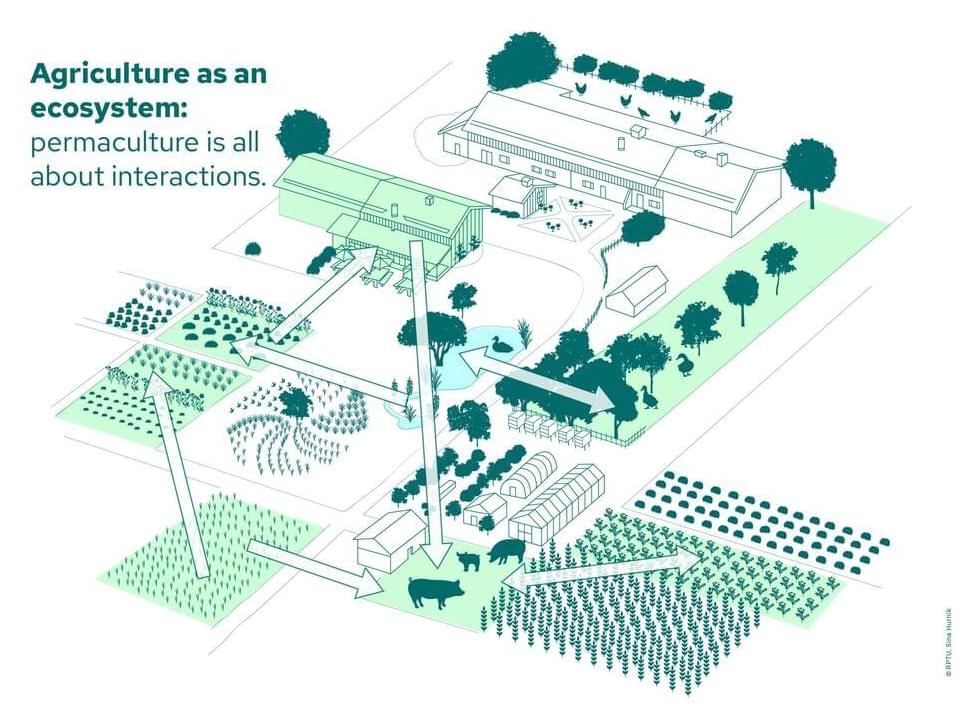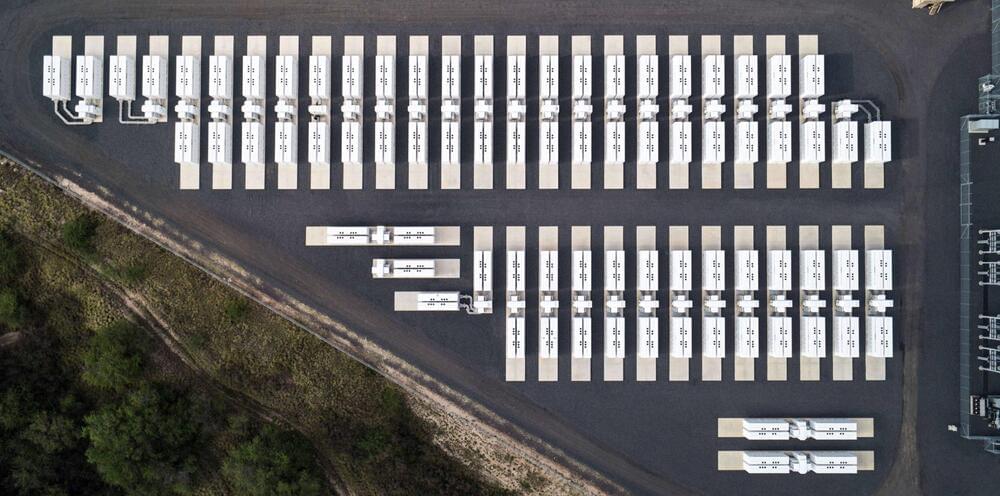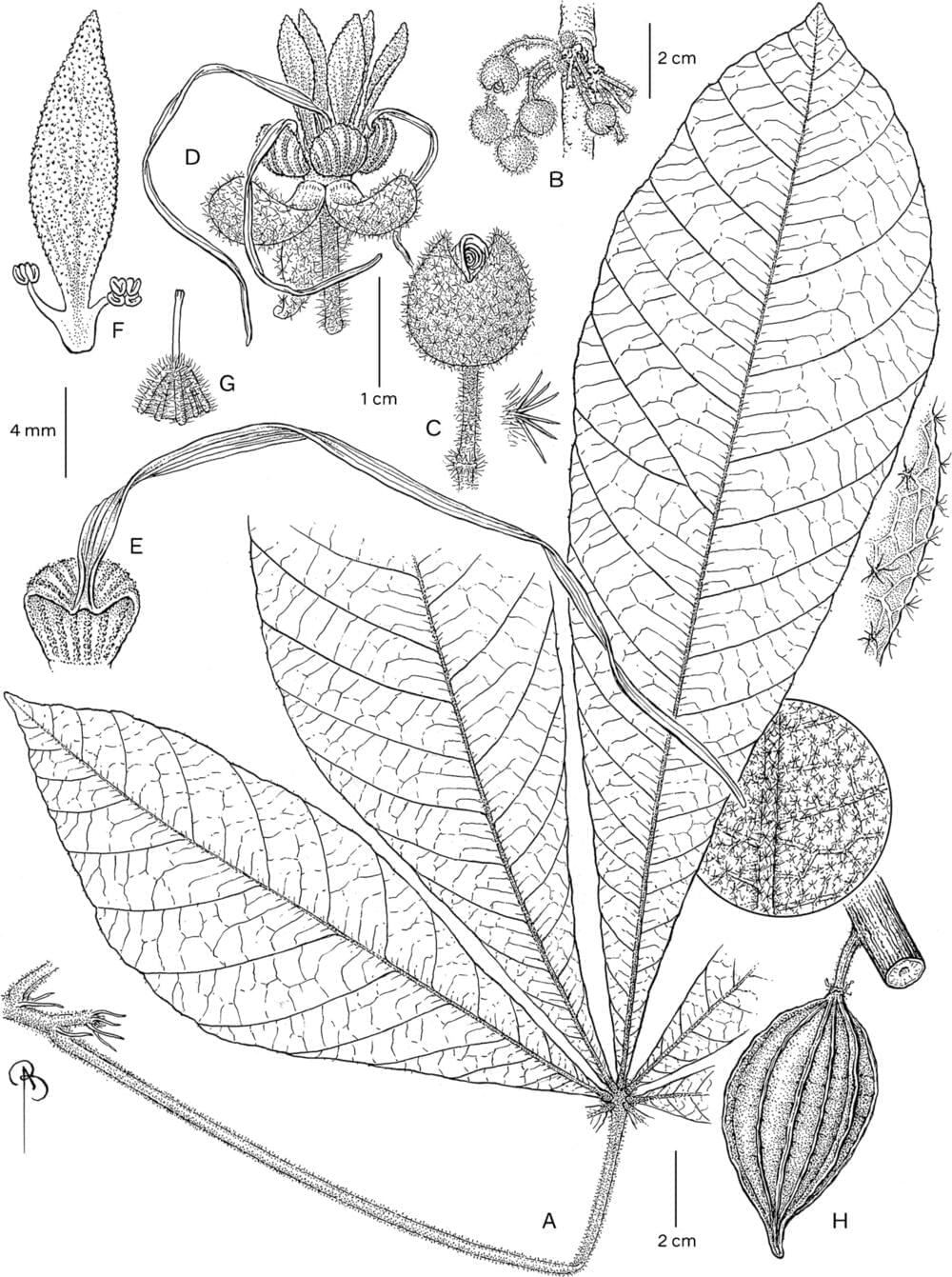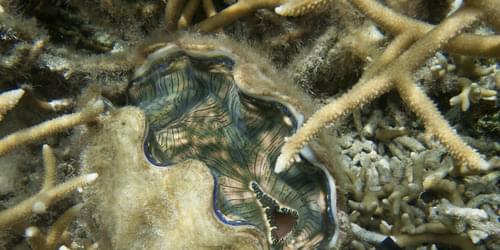Jul 4, 2024
Planetary Boundary Layer Revealed: Satellites Illuminate Atmospheric Mysteries
Posted by Saúl Morales Rodriguéz in categories: climatology, satellites, sustainability
New research has unraveled the complex dynamics of the planetary boundary layer, enhancing satellite detection of atmospheric pollutants and aiding environmental management and climate modeling efforts.
A new study has provided groundbreaking insights into Earth’s planetary boundary layer (PBL), a crucial area that affects air quality and climate. By analyzing satellite data, researchers have explored how the temperature gradient from the surface to the atmosphere impacts the identification of atmospheric pollutants, offering a deeper understanding of atmospheric thermal contrasts (TC).
The endeavor to keep tabs on and curb air pollution has been stymied by the enigmatic nature of the planetary boundary layer (PBL). This atmospheric strip, in constant caresses with the Earth’s surface, is a hotbed for pollutants. Yet, its mercurial dance through time and across geographies presents a formidable scientific puzzle. Given these hurdles, an in-depth dissection of the thermal contrast (TC) that delineates this layer is imperative.

















